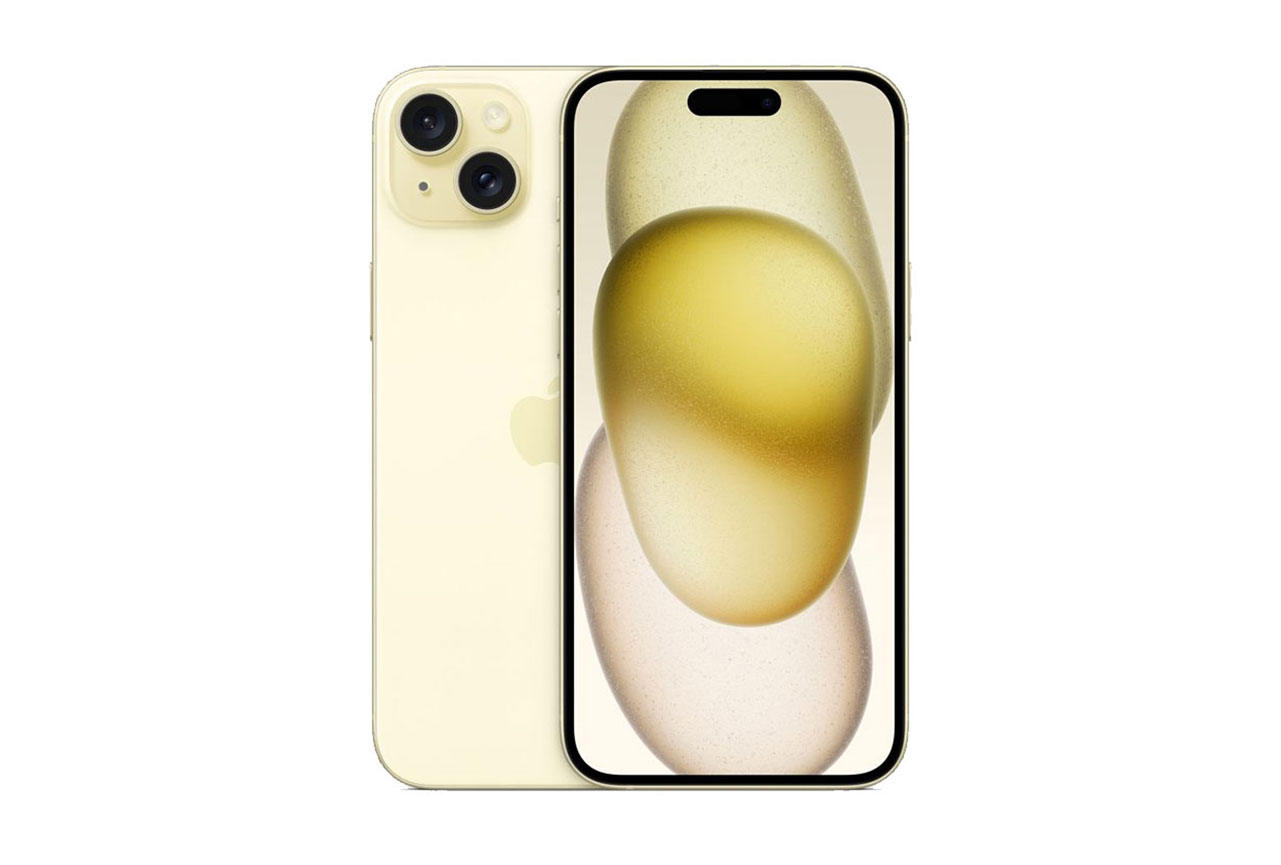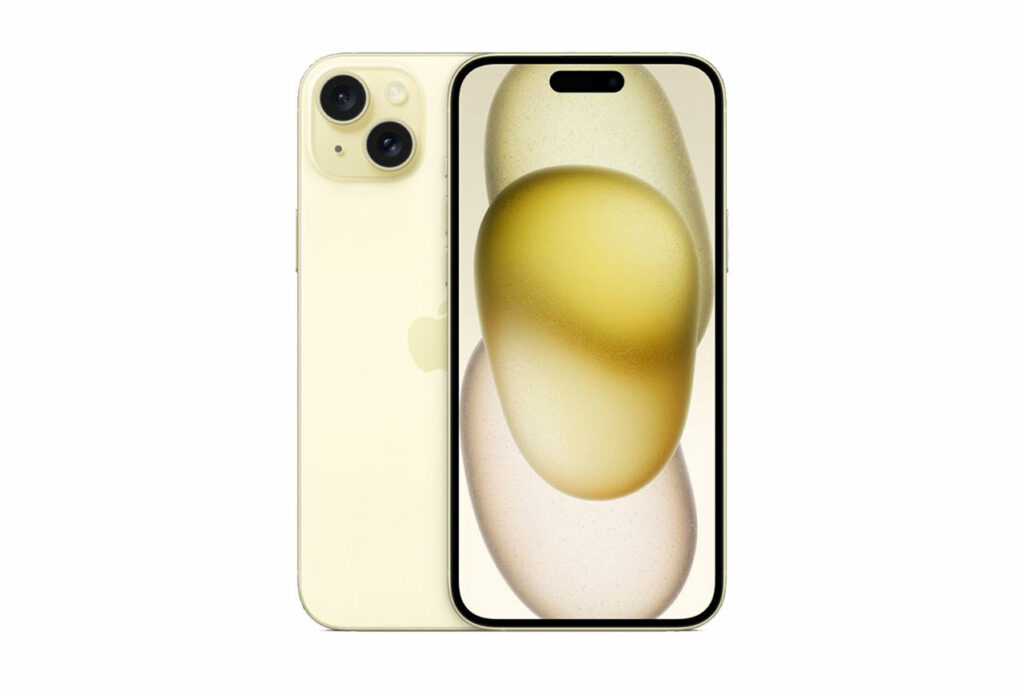The Apple iPhone 15 Plus and Apple iPhone 15 share the same rear camera specs, as well the same chipset, so as expected, the results of the Apple iPhone 15 Plus camera are exactly the same as those of the Apple iPhone 15.
We’ve included an example from our testing to show the similarities between these two models. But for a more in-depth look at the Apple iPhone 15 Plus’s rear camera photo and video performance, we direct you to the full test results of the Apple iPhone 15.
Overview
Key camera specifications:
- Primary:48 MP, f/1.6, 26mm (wide), Dual Pixel PDAF, sensor-shift OIS
- Ultra-wide: 12 MP, f/2.4, 13mm, 120˚ field of view
- A16 Bionic Chipset
Scoring
Sub-scores and attributes included in the calculations of the global score.

Apple iPhone 15 Plus


Use cases & Conditions
Use case scores indicate the product performance in specific situations. They are not included in the overall score calculations.
Outdoor
Photos & videos shot in bright light conditions (≥1000 lux)
Indoor
Photos & videos shot in good lighting conditions (≥100lux)
Lowlight
Photos & videos shot in low lighting conditions (<100 lux)
Friends & Family
Portrait and group photo & videos
Pros
- Vivid brightness and contrast when photos and videos are viewed on HDR display
- Pleasant and natural color rendering and skin tones especially in bright light, for photos and videos
- Accurate depth estimation and efficient fine details segmentation in portrait mode
- Low level of noise on videos
- Effective video stabilization
- Smooth zooming experience on preview
Cons
- High level of photo noise, particularly in dark areas
- Fairly limited zooming capabilities
- Slightly limited dynamic range in photos and video
- Fine details are sometimes lost in low-light videos
- Artifacts, including flare, moving texture (low light), and aliasing





DXOMARK encourages its readers to share comments on the articles. To read or post comments, Disqus cookies are required. Change your Cookies Preferences and read more about our Comment Policy.